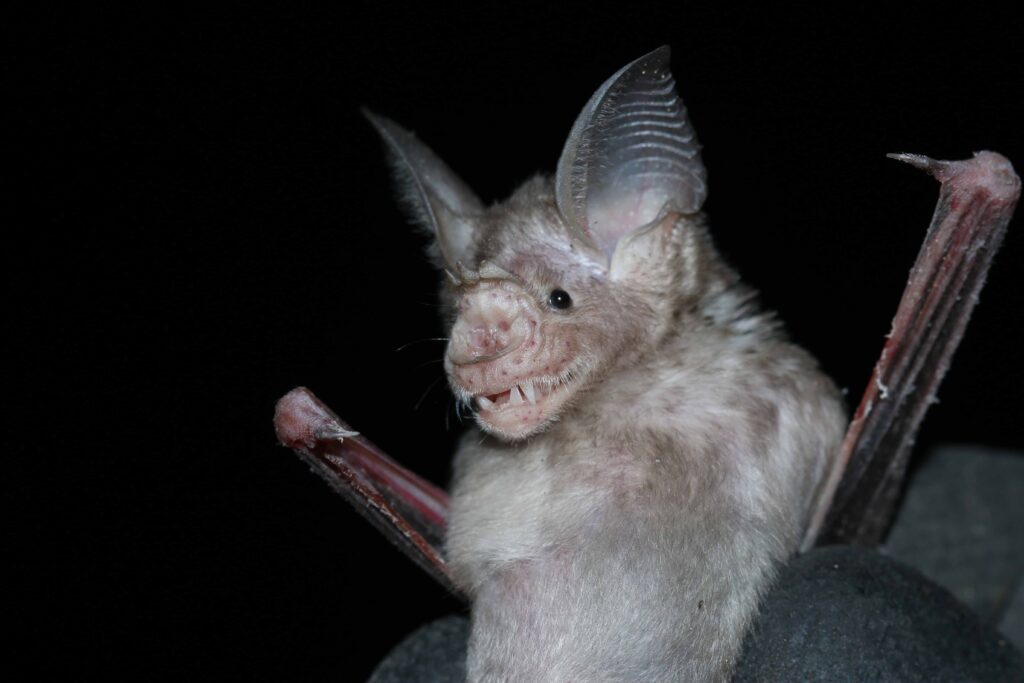Wildlife research is often subject to complex environmental conditions. This is particularly true for chiropterologists, who specialise in bats. How do you observe these fascinating, mysterious and elusive animals at night? In this respect, the ZEISS DTI Thermal Imaging camera has become an indispensable ally for carrying out chiropteran studies, which are becoming increasingly comprehensive as observation technologies improve. For ZEISS, 3 chiropterologists from the Blairoudeurs Federation travelled across West Africa to survey bats in protected areas, armed with this latest-generation thermal monocular.

When the hot West African sun sets over the dunes of the Sahara, or darkness descends across the Guinean rainforest, it becomes impossible to make out the slightest silhouette or the slightest movement in the air. This is precisely when we pull out the ZEISS DTI Thermal Imaging Camera. For us, this device is much more than a simple tool; it allows us to enter the heart of the night world. The first thing that stands out is its ergonomics. Its light weight, AMOLED display resolution and digital zoom make hand-held observation extremely pleasant and versatile. This means we can easily follow the flight paths of bats through 8 different colour modes. We preferred the ‘red-hot’ mode, which contrasts the bats in flight with the vegetation in the background. Their rapid movement was not a problem either, thanks to the 50 Hz image frequency, making observation very fluid. We were able to identify bat roosts in a variety of situations by watching them fly out of faults and caves, count the exact number of individuals in a colony hanging from palm trees, or observe their insect-hunting trajectories over bodies of water.
The big plus point of this thermal monocular is its ability to record observations by video and take photos for later analysis after direct import onto a tablet or computer. Of course, video recording reduces the device’s battery life, but it’s still more than enough for several evenings of study. When the opportunity arose, we even connected the tripod-mounted thermal monocular wirelessly to the ZEISS app to get live video feedback from our chiroptera capture nets!
The ZEISS DTI Thermal Imaging Camera is a pioneering device for studying bats. As well as making it easier to observe these elusive animals at night, it enables us to go further in the study of chiropteran roosts and flight behaviour.

